08 Oct 2016
Active Directory – Basics
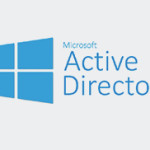
Active Directory Terminology and explanations Workgroup – A workgroup is basically one or more computers on a Windows network (LAN) that are not joined to a domain. Domain – A domain is a collection of objects that share the same database Active Directory Domain Services – Active Directory Domain Services (AD DS) is a service
08 Sep 2015
VMware Recent Interview Questions – Part 3
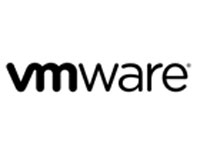
In this post we are sharing all the recent VMware Interview Questions with Answers- 1. How you rate yourself into VMware skills? It depends on how much experience you have, how much you are strong with subject. Basically, you can mention like 6-8. If you are full expertise with all the features/components then you can
08 Sep 2015
Citrix XenDesktop Interview Questions and Answers
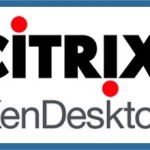
CITRIX XenDesktop Questions Part-1 In this Post, we are discussing interview questions with answers on latest XenDesktop components- What is Delivery Controller? The Delivery Controller is responsible for distributing applications and desktops, managing user access, and optimizing connections to applications. For redundancy purposes, a site should have at least two delivery controllers. What is Citrix
08 Sep 2015
Comparison between VMware vSphere 6 and Microsoft Hyper-V 2012 R2
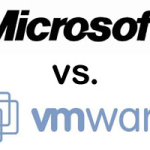
VMware released the vSphere 6 recently, so let’s compare Key features/Scalability between vSphere 6 and Microsoft Hyper-v 2012 R2 Features/Resource Scalability VMware vSphere 6 Microsoft Hyper-v 2012 R2 Physical Memory(RAM) Per Host 12TB 4TB Physical CPU’s Per Host 480 320 Max. Virtual Machines Per Host 2048 1024 Max. Virtual Machine Memory(RAM) 4TB 1TB Nested
23 Jun 2015
CITRIX XenApp Recent Interview Questions Part-3

Recently one of student attended interview on CITRIX XenApp. In this post, we are sharing all the interview Question with Answers. 1. Tell me about your infrastructure and how many farms?
We can explain depending on how many years of experience we have on Citrix XenApp. But For example, we have 5 farms where it
18 Feb 2015
VMware vSphere Client vs vSphere Web Client
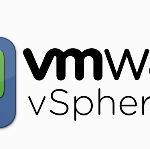
Since VMware introduced the vSphere Web Client there are regular interview questions or use cases for the vSphere Client vs vSphere Web Client. In every organization they will use both clients depending on the work requirements. In this post, we will discuss about various features which are available for the two different clients for accessing/managing
03 Feb 2015
Key features and configuration maximum differences between vSphere 5.5 & vSphere 6
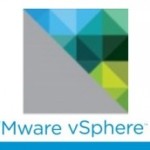
VMware vSphere® 6.0 introduces many enhancements to VMware vSphere Hypervisor, VMware virtual machines, VMware vCenter Server™, virtual storage, and virtual networking. Some of the key configuration maximum differences between vSphere 5.5 and vSphere 6 are as below - Features vSphere 5.5 vSphere 6 Physical RAM per host 4 TB 12 TB Physical CPUs per host
29 Dec 2014
VMware vSphere HA differences between vSphere 4.x and vSphere 5.x

What is VMware vSphere HA? VMware vSphere High Availability is the cluster level feature designed for providing cost effective high availability solution for Virtual machines running on the ESXi servers. How it works? As already said HA is a cluster level feature, which means we put multiple ESXi servers in to a cluster (the maximum
05 Dec 2014
Citrix XenApp Recent Interview Questions – Part 2

We are sharing the recent interview questions and answers faced by one of our student on CITRIX XenApp - First question directly on How much do you rate on XenApp? Say like approx. 7 out of 10 On which versions you are working? Working on citrix XenApp 5, XenApp 6 and 6.5 What are the
09 Oct 2014
New features of vSphere 5.5 and differences between vSphere 5.5 and vSphere 5.1

Some of the key differences between vSphere 5.1 and vSphere 5.5 Features vSphere 5.1 vSphere 5.5 Physical RAM per host 2 TB 4 TB Physical CPUs per host 160 320 Maximum vCPUs per host 2048 4096 VMDK Size 2TB 62 TB Max Size of Virtual RDM 2TB 62 TB VM Hardware Version 9 10 ESXi